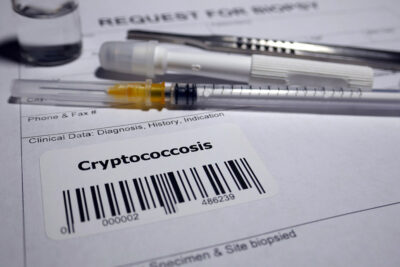A survey initiated by the Mycoses Study Group identified 69 cases of cryptococcosis following COVID-19 infection. The mortality rate was 59%, with cases in both immunocompromised and immunocompetent individuals.
Subscribe Now for Access
You have reached your article limit for the month. We hope you found our articles both enjoyable and insightful. For information on new subscriptions, product trials, alternative billing arrangements or group and site discounts please call 800-688-2421. We look forward to having you as a long-term member of the Relias Media community.

